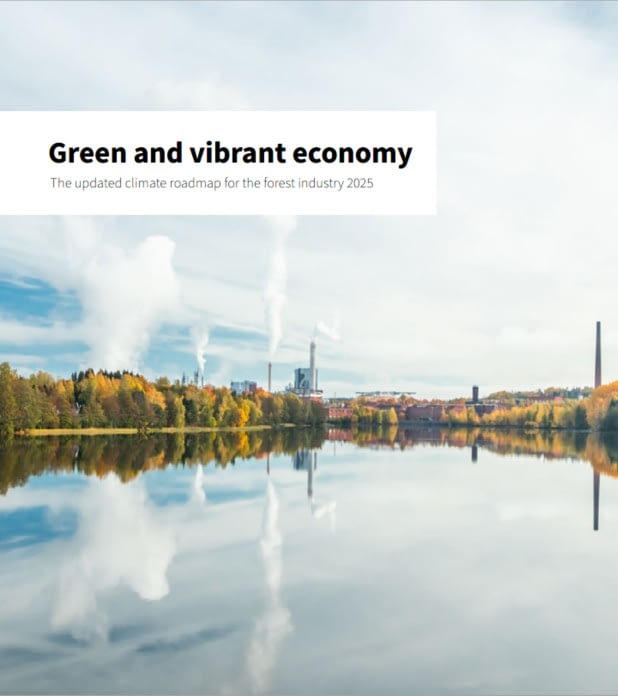Renewability counts, when considering product’s environmental influence. The Ecodesign for Sustainable Products Regulation recognises now the importance of sustainable, renewable materials in circular economy. However, the delegated acts, specific for the product groups, will finally concretise how strongly the renewability will be considered when defining the minimum requirements for the products sold in EU.
The European Council and the European Parliament reached a provisional agreement on the Ecodesign for Sustainable Products Regulation (ESPR) in the final trilogue in December. The ESPR aims to make sustainable products the norm on the EU markets by reducing the general environmental and climate impacts of products. The regulation will apply to all products sold in EU, except for a few categories, such as food.
The Finnish Forest Industries Federation is satisfied, that the renewability has been included in the product parameters supplementing the ecodesign requirements for different product categories. Other ecodesign criteria include possibility of recycling, energy and resource efficiency and carbon and environmental footprints.
As the importance of renewable materials is recognised, it is possible to produce an authentic image of the environmental and climate impacts of the product’s entire life cycle and promote the reduction of fossil raw materials. Replacing fossil raw materials with renewable ones is in line with circular economy, and therefore it is vital that ESPR is also supporting this goal. However, the delegated acts specific for the product groups being defined in the future, will finally concretise how strongly the renewability will be considered.
The European Parliament and the Council still need to formally adopt the regulation. After the final publication, the first working plan will specify the prioritised products, most likely including textiles, furniture and chemicals but not paper and board at this stage. The Finnish Forest Industries Federation will continue following and analysing the development of the regulation also in the future.







